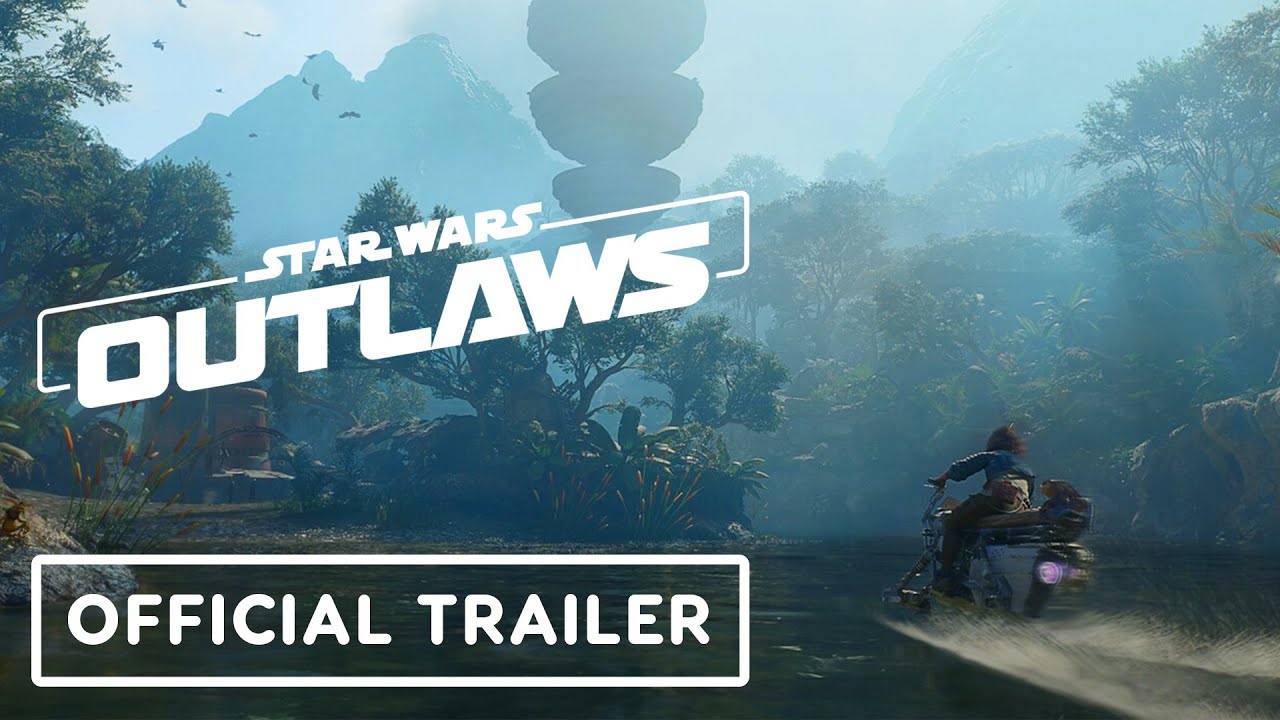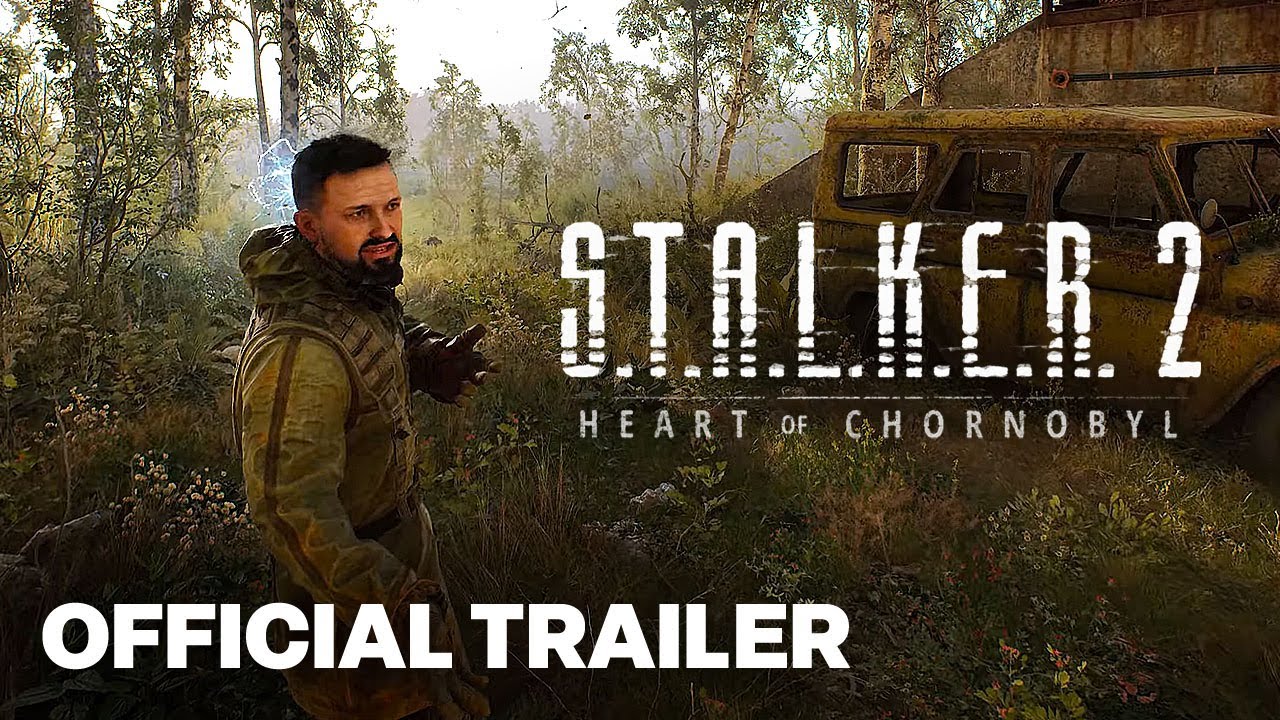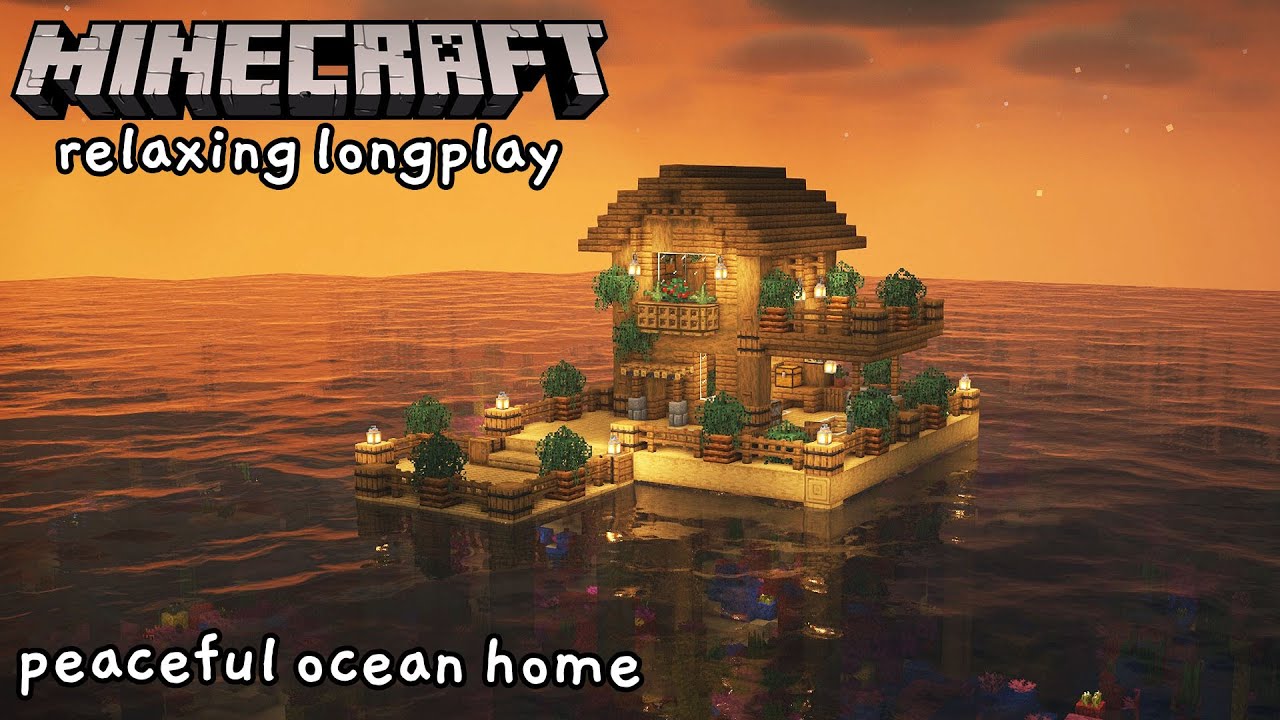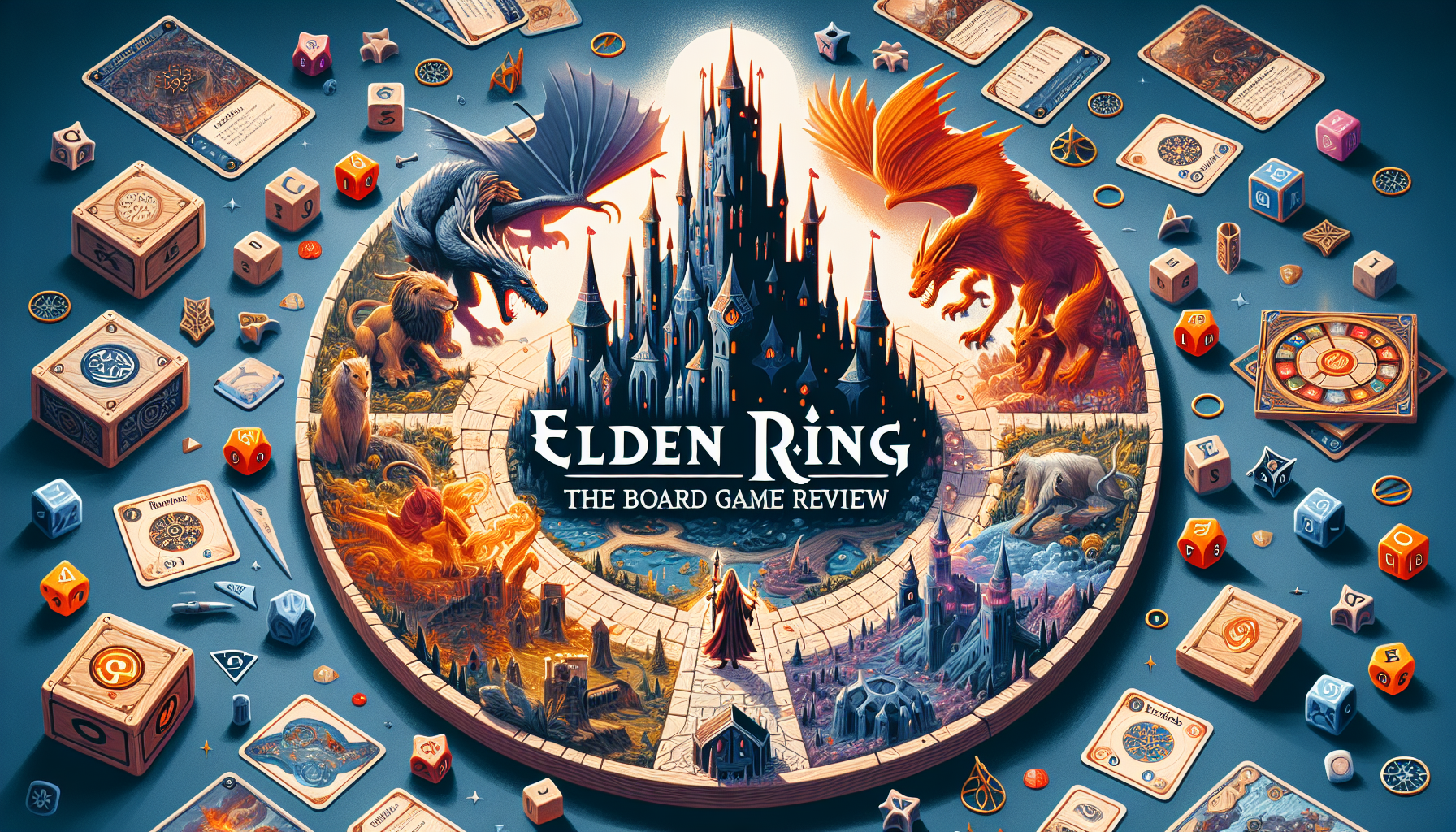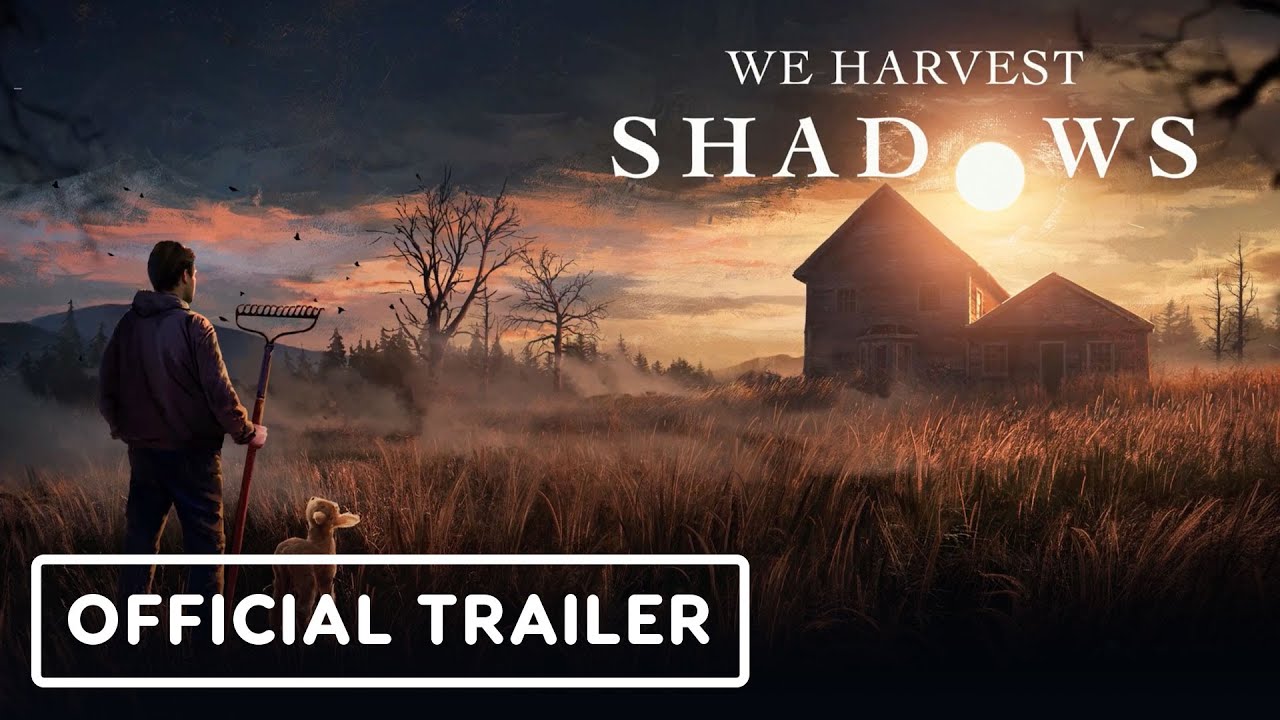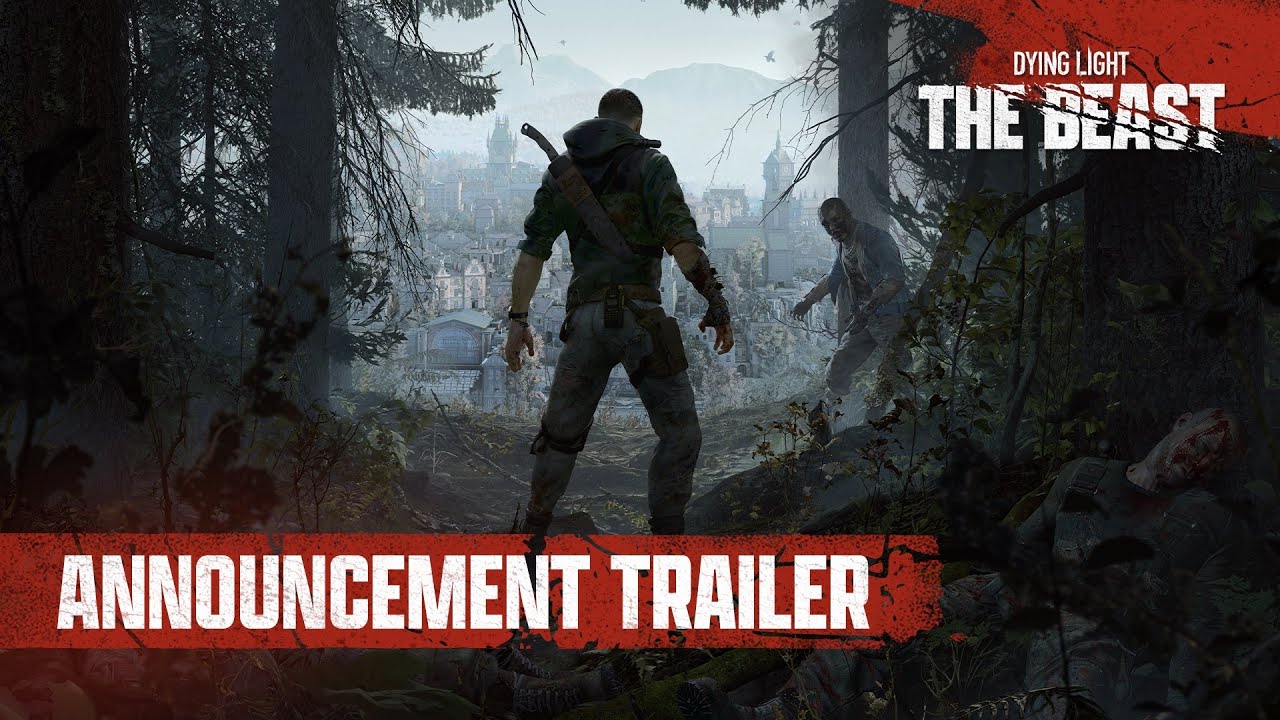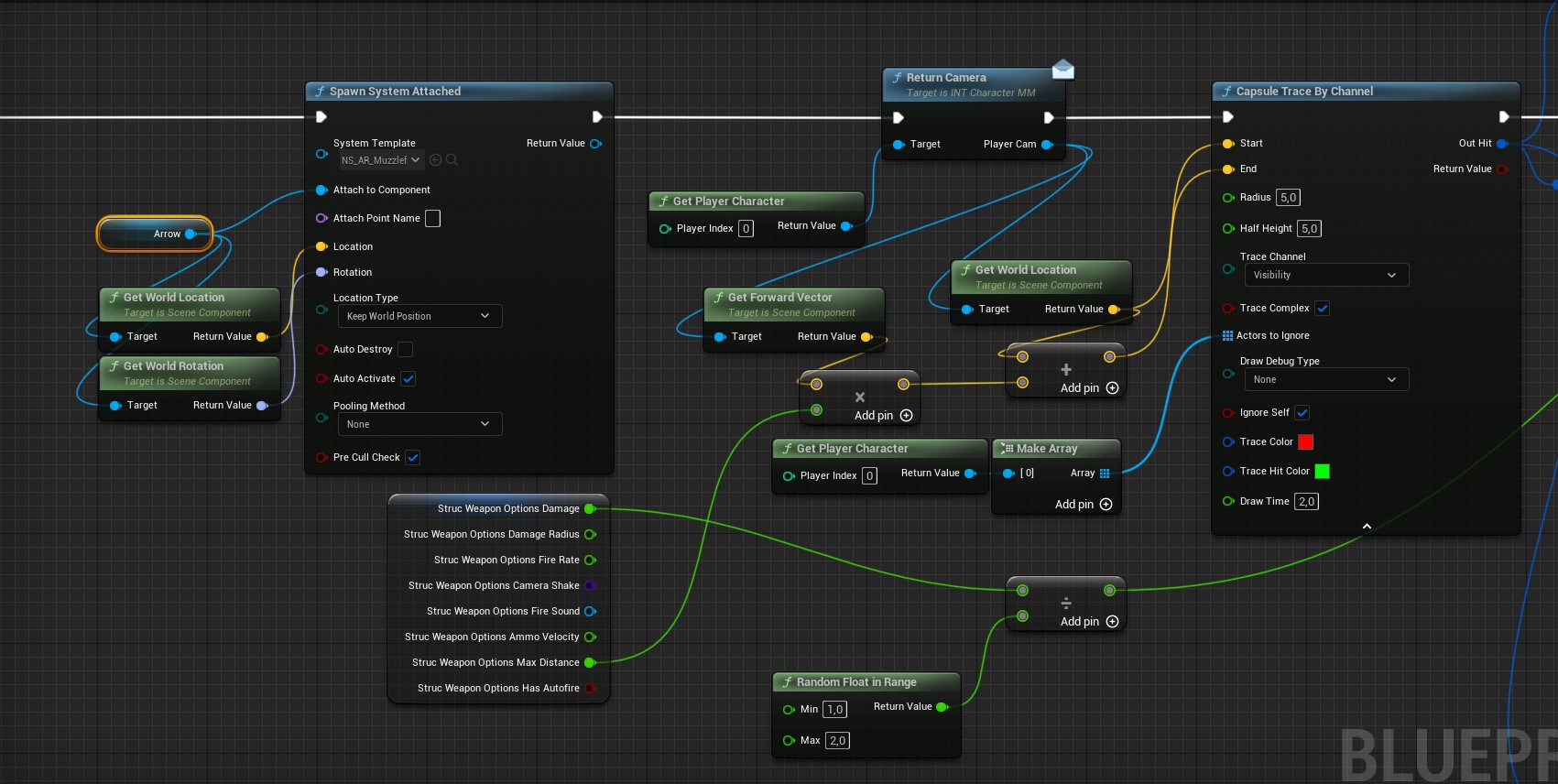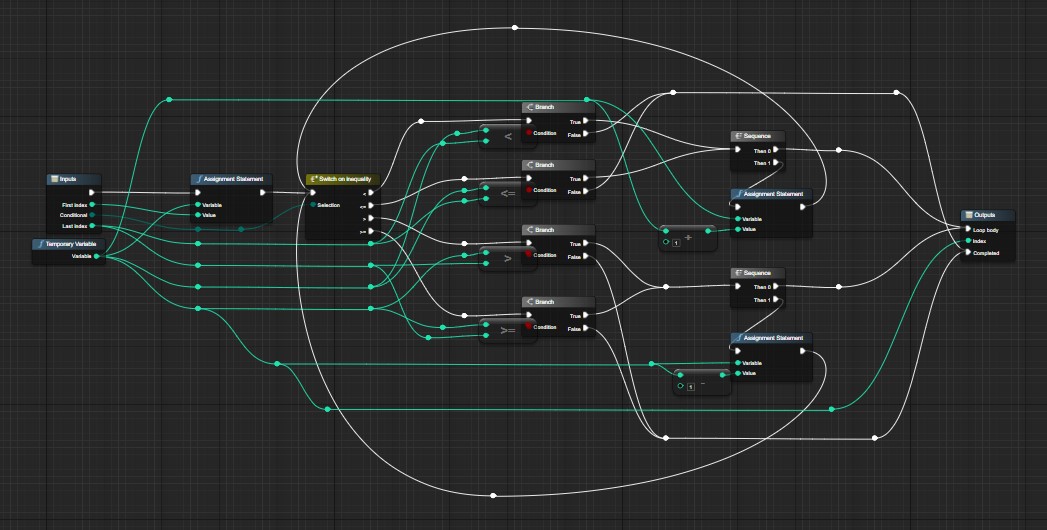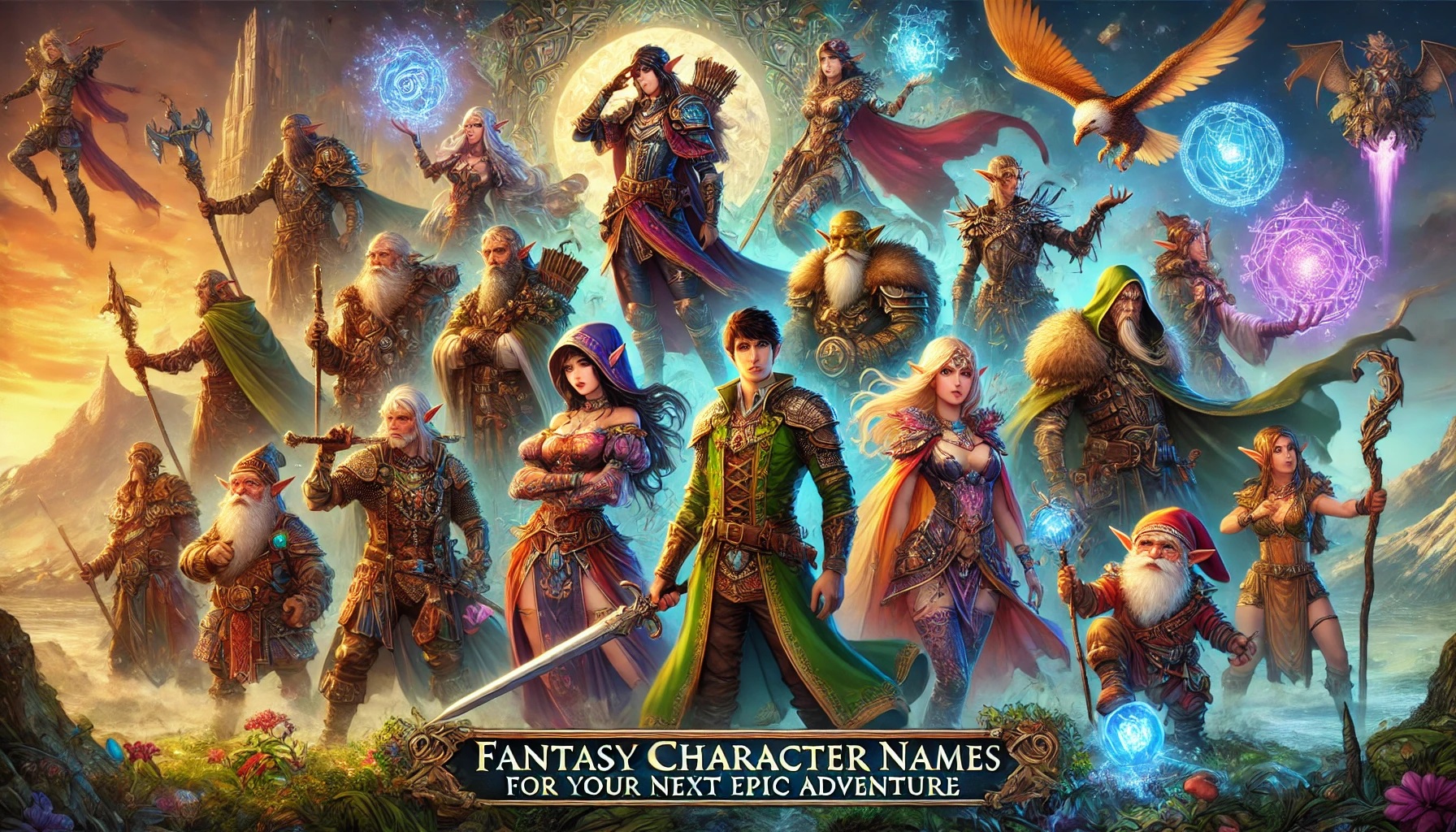The Open World genre in video games provides players with a vast, explorable environment that is not constrained by linear gameplay. These games are characterized by their non-linearity and freedom of choice, allowing players to explore, complete tasks, and interact with the game world at their own pace.
In Open World games, players usually have a main storyline to follow, but they are free to diverge from this path and engage in side quests, explore new areas, or simply interact with the environment. The gameplay can encompass a wide variety of styles, from action and adventure to RPGs, survival, and more.
These games often feature large maps filled with diverse landscapes, towns, and cities, populated with non-playable characters (NPCs) who provide quests, goods, information, or other interactions. The game world may be influenced by player actions, and the storyline can often be impacted by choices made by the player.
Open World games can be set in a vast range of environments, from realistic modern-day cities and historical periods to fantasy realms and futuristic landscapes. Notable examples of the Open World genre include “The Elder Scrolls V: Skyrim,” “Grand Theft Auto V,” “The Witcher 3: Wild Hunt,” and “Red Dead Redemption 2.”
Whether you enjoy the freedom of exploring vast landscapes, the thrill of discovering new locations and stories, or the satisfaction of impacting the game world through your actions, the Open World genre offers a rich and immersive gaming experience.
